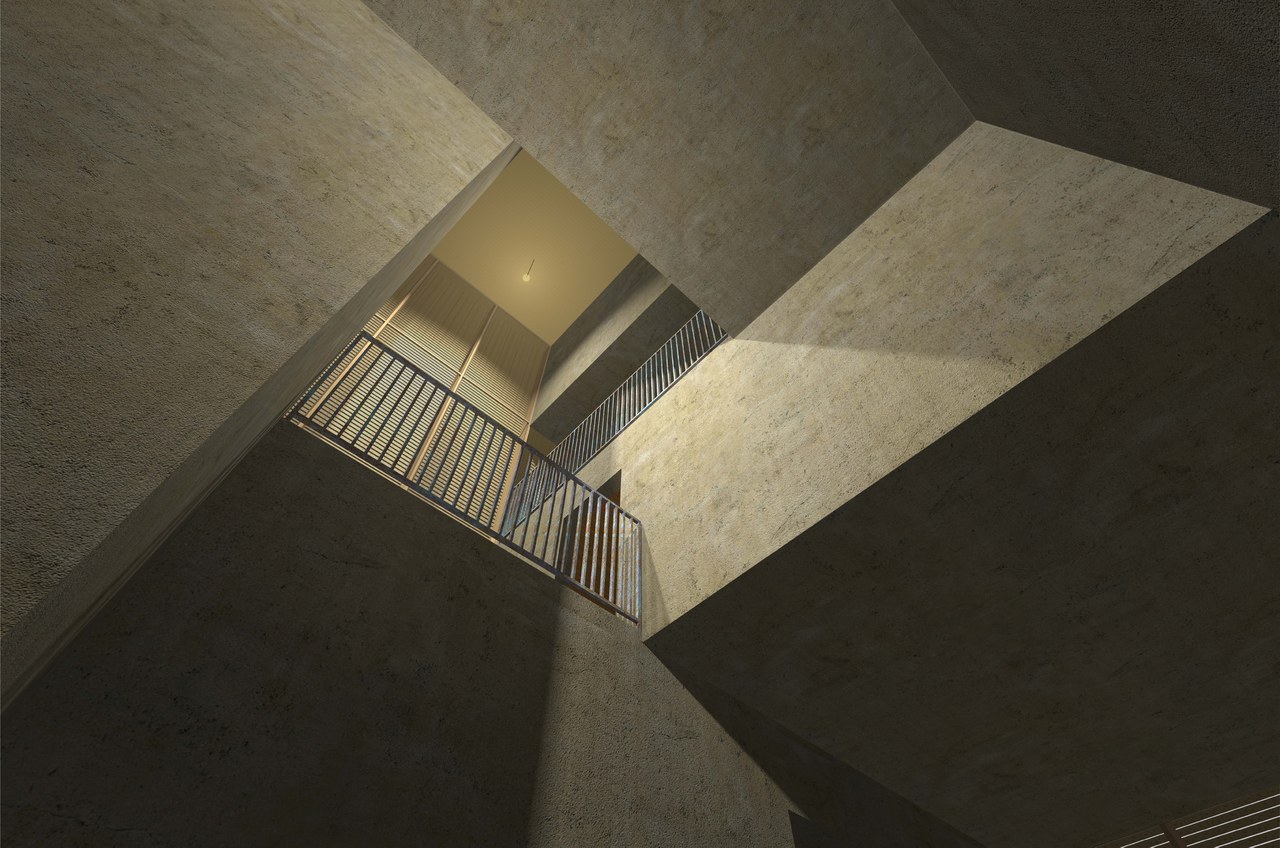Tectonics as a Method of Work
Topic: The aim of the course is to introduce students to the exploration of architectural space in a series of accumulative exercises. This course is based on a hypothesis that there is a fundamental difference in the properties of a space depending on the type of element used to define it. To test this hypothesis we work with the distinction of three types of element: block, slab and stick. Our design method is model based. The direct manipulation of the model material is a reflection of a tectonic position, looking at how a building is formed through the manipulation of building material. Generally speaking, this course takes the following issues as the focus of study: the formation of space and its definition; the relationship between space, surface, and mass; the internal organization of the building, its parts and their relationship and hierarchy; the material organization in terms of elements, components and systems, different structural and spatial types; and, the built order expresses a conceived order.
Content: The project is to design a cubic building with three options of flat, thin and tall based on the same dimension and varies depending on its relationship to the ground. In order to focus on the main issues of the studio, the program aspect of the building is deliberately to be rather abstract. As a working method we use cycles of making and observing, linking conceptual aspects with aspects of perception, over four main phases: concept – searching for a tectonic concept from model operation; abstraction - clarifying the language of one material; materiality – differentiating the model material; and construction – transforming to building material. This makes the transformation from a model to a building, from model material to building material a central issue. In addition, the design development of four phases is further supported by precedent analysis exercises of selected buildings.
Instruction: The course will be conducted in English.










